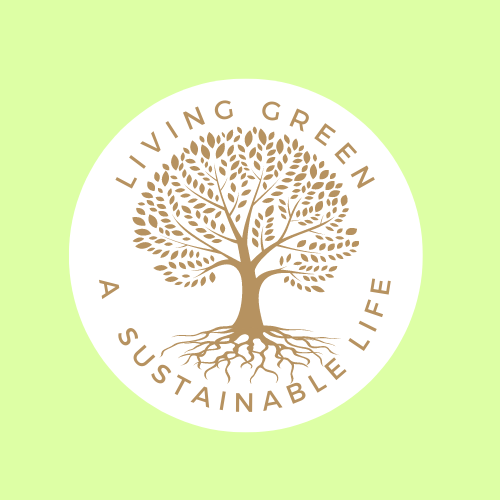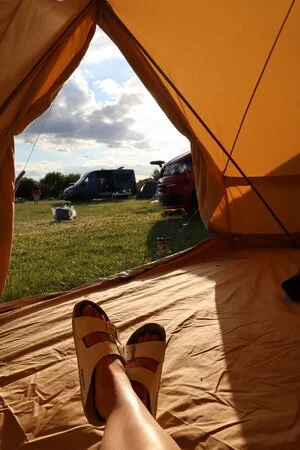A Fast Fashion Boycott
Either I’m totally crazy or it makes perfect sense.. You Decide…
Except if you decide that I’m crazy your wrong… 😂😂
Maybe a little dramatic but hear me out once again.
Is giving up Fast Fashion easy?
I’ll start by explaining that my decision to give up all fast fashion is not an easy one. When I walk through shopping malls I’m still that girl with her nose pressed to the window lusting after all the pretty things.
Ever see the movie Confessions of a Shopaholic? Where Isla Fisher’s character walks past a shop and the manikins start talking to her, whispering in her ear why she needs this beautiful scarf. They dance and twirl and make everything look it’s best self.
Well I’m Isla Fisher……
The manikins and the bright lights appeal to me just as they ever did. The feeling of walking home with all the crisp new carrier bags filled with pretty things. That high will never get old.
But that’s the thing. It’s just a high.
Tomorrow that new top won’t look so pretty. And it certainly won’t once it’s been washed a few times, because it cost 3 quid and it’s was only made to last one season and then be disposed of.
While the decision to give high may not be an easy one, I’ll tell you it’s one of the best tbing’s I’ve ever done.
Why should be pay more for our clothes?
I had a conversation with my Mum the other day about a lovely new deli she and my Dad have started to frequent. They sell lush bread but it’s cost £3.50 a loaf. “That’s pretty expensive” I said. “But,” she replied, “they get it from a bakery in Hove, so when you add up of the cost of someone making the bread there, transporting it to Eastbourne, the cost of the premises etc etc, they have to cover their cost so that’s the cost we have to pay if we want lovely bread”.
And so if we apply this theory to our clothes, how is it possible to buy a t-shirt for £1.50. 60% percent cheaper than that fore mentioned elusive loaf. How?
Of course she’s right even if its hard to sallow sometimes. Even I, who shouts from the roof tops for fair pay and how we should pay if we have the privilege to do so can struggle. I’m also someone that works in the catering industry and knows the cost of these things, yet STILL sometimes forgets when faced with a 80 pence sliced loaf, ready for me and a £3.50 loaf, even if it does taste like heaven.
Okay sure, huge companies can cut costs when things are made in mass production. But that’s not enough to make it cheaper than a bottle of water, right?
Exactly right!!
How do they make clothes so cheaply?
A former sales adviser for H&M stated that the company outsourced the production of its garments to countries “where labor laws aren’t as strict or well developed” meaning many garment workers are under paid and work in unsafe conditions.
What are the CONSEQUENCES of fast fashion?
Heard of Rana Plaza? A huge eight story commercial building that contained shops, banks and a garment factory. When cracks appeared in the building the shops, banks and other commercial businesses shut, deeming it unsafe. The factory workers however, working to tight deadlines in order to supply shops such as the ones on our high street were ordered back in to work. The building collapsed the next day during the morning rush hour. 1,134 garment worker lost their lives, 2,500 were injured.
Although this was a huge disaster back in 2013, one that should never have happened, the treatment of garment works is yet to change much.
A 2010 report by Talking Liberties discovered that garment works (80% of whom are women) often work 16 hour days and were expected to produce 10 items an hour.
Things haven’t got much better in the near decade since this report although there are many campaigns trying, taking steps forward and back again as profit margins are pushed further. It’s these pressures from the top supply chains that filter down to the (mainly) women on the ground, who become vulnerable to long hours, poor wages and violence in the work place when they do not meet their high demands.
This makes it an equality issue, a feminist issue and a race issue.
“Global brands are quick to use female empowerment when marketing their products. But when they exert relentless pressure to get more products for less money, it’s women workers who pay the price.”
The story doesn’t stop there. Not only is the Fashion industry a humanitarian problem is has serious impact on our environment and is totally unsustainable. If you’ve read my post on Fast Fashion before you’ll know of high carbon footprint of the industry.
boycott Fast Fashion
For all the reasons above and many more I’ve decided that I can no longer support the exploitation of workers from poor communities. I have the power and the privilege to buy better, buy second hand and make every purchase count. Someone else less privileged than me should not suffer for my wardrobe, for clothes I hardly ever wear or dispose of after a short period of time.
If more of us that make this decision it will not only take steps in helping the environment but also the lives of others.
And that is why I’m boycotting the high street. As much as I’m desperate for some new Primark vests I will have to look else where.
So what next?
You create a capsule wardrobe that’s what.
We could of course all start shopping secondhand and buying from sustainable companies but that doesn’t mean our wardrobe is completely sustainable. I would argue that as well as these things we need to be buying less.
Buying less, buying better.
I’ve started on Creating a Capsule Wardrobe. This isn’t just about having a smaller, more minimalist wardrobe but about having a wardrobe you love. A wardrobe that works for you, that makes your life easier and is 100% sustainable,
Tips on starting a Capsule Wardrobe.
Figure out your dream style. Use Pinterest to make a board with all the things you like. Find whats in your wardrobe that fits with that style and build on it. If everything in your wardrobe fits to a style everything will go together, making it easier to build more outfits with less clothes.
Sell, pass on, give away the things you don’t wear. The less you have the easier it is to see the wood for the trees. Those jeans that haven’t fit for 5 years don’t make you feel good when you look at them and make getting dressed harder.
Buy only what you need. The less you have the easier it is to figure out what you need. This doesn’t mean you can’t buy something if you really love it but by having a capsule wardrobe and doing an audit often you will be able to understand what you wear a lot, what serves you well and what you would like to add to it.
Now you know what you need, you’ve created a capsule wardrobe, the next step is to only buy sustainably. Find great brands, local brands, shop second hand. You’ll be able to walk proud in the clothes you love knowing they haven’t had a negative impact on the world.
Hannah x
Pin me for later…..













Finding it hard to leave the liquid bottles behind? Here’s 6 easy ways to make the switch to shampoo and conditioner bars.